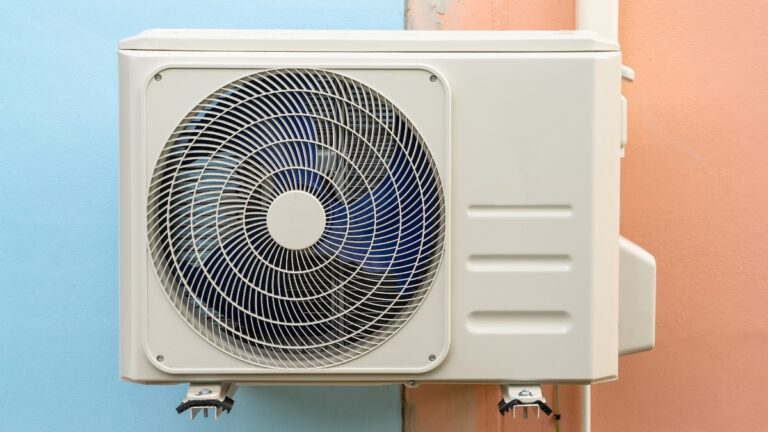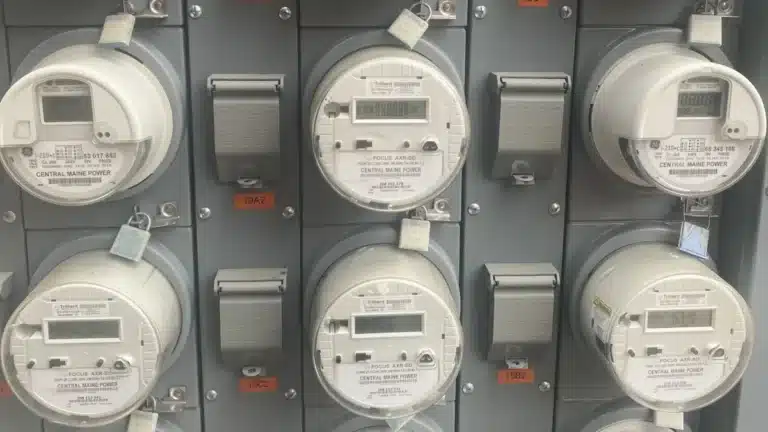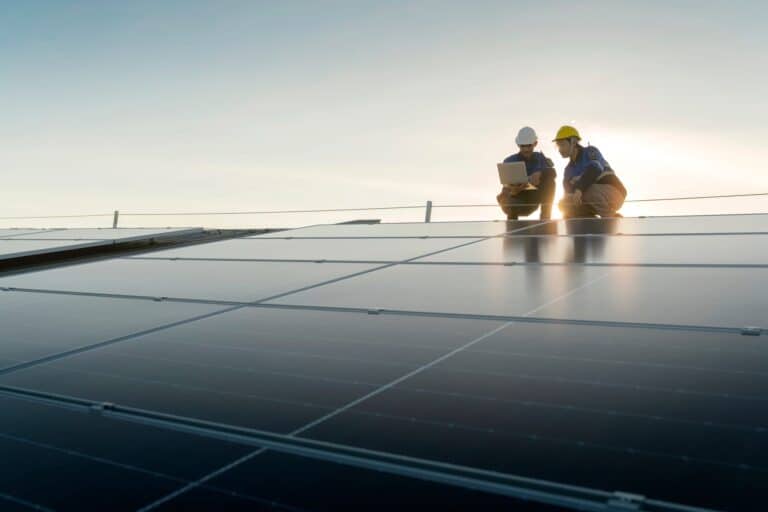Power prices are expected to soar under new tax cut and spending law
In states without policies to drive renewable energy, power prices could surge as federal tax incentives for clean energy disappear, according to Energy Innovation, a think tank.
Current Access Level “I” – ID Only: CUID holders, alumni, and approved guests only
Regulators approved $9.7 billion in utility rate increases nationally last year. Part of it has to do with the costs of making grids more resilient.
The federal utility assistance program is in limbo after the entire staff was fired in April.
The entire LIHEAP office was slashed in the HHS firings earlier this week. LIHEAP provides heating and cooling assistance to low-income families--and experts worry that its disappearance will put families at risk in the upcoming heat season.
Daniela Bushiri, a chemical engineer pursuing her PhD at Columbia University, is on a mission to drive sustainable solutions in our evolving energy landscape. With a background in...

During Climate Week, CGEP hosted a dozen events that brought together diverse stakeholders on critical energy and climate-related priorities.

This report explores how residents of North Lawndale, a predominantly Black and historically under-resourced neighborhood on Chicago’s West Side, experience the compounded effects of heat waves and power outages.

Even as the U.S. pursues an energy agenda centered on achieving affordability through abundance, utilities and local governments have tools to help families navigate energy insecurities.

The Just Energy Transition Partnership (JETP) framework[1] was designed to help accelerate the energy transition in emerging market and developing economies (EMDEs) while embedding socioeconomic[2] considerations into its planning and implementation.
